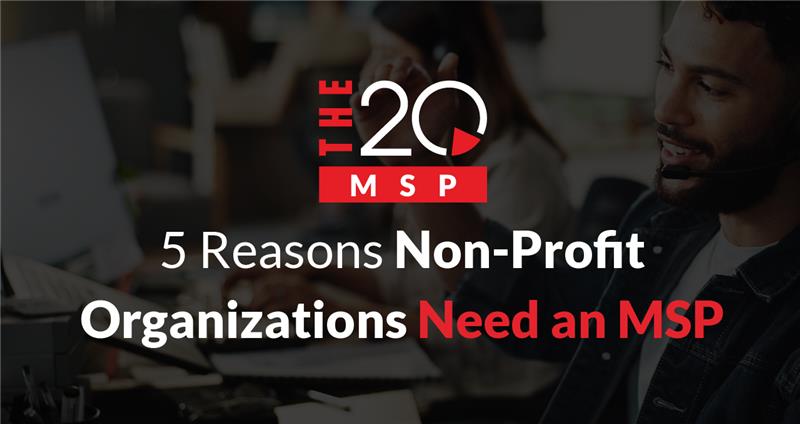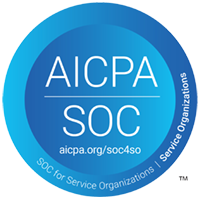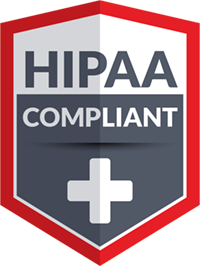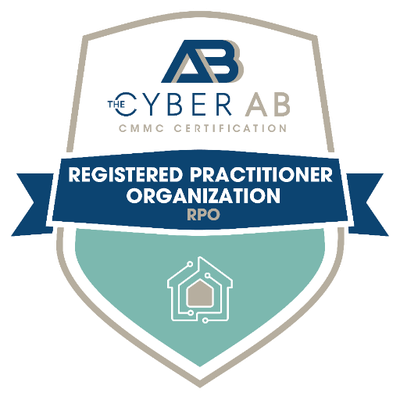
5 Reasons Non-Profit Organizations Need an MSP
If there’s one thing that non-profit organizations have in spades, it’s passion. They stand proudly for their missions, providing services and aid that benefit society.
Unfortunately, nearly half of all non-profits struggle financially, making it harder than ever to deliver programs and services. With budgets often relying on donations, fundraisers, and government aid, financial stability can be a challenge for even the most well-established organizations.
So, how can non-profit organizations keep up with today’s technology demands?
With help.
In this post, we’ll explore how a Managed Service Provider (MSP) – which may seem like a steep investment at first – is actually a smart way for non-profits to stay within budget while keeping pace with current tech trends.
The Technical Challenges for Non-Profit Organizations
Non-profit organizations are no strangers to hardships. Here are a few of the unique hurdles facing non-profits when it comes to technology:
- Staffing: Hiring and retaining staff is consistently cited as the #1 challenge for non-profit organizations. At first, this may not seem like a tech issue, but an IT pro isn’t cheap – costing upwards of $100,000 – and finding skilled professionals willing to work in a non-profit can be a serious challenge.
- Tight budgets: Smaller IT budgets often lead to lower technical investment and limited upkeep. While some small non-profits may contribute up to 13% of their budgets to IT, this is typically due to a lack of initial infrastructure. A tighter IT budget can mean cutting corners on hardware and software, or holding on to outdated tech far longer than is ideal.
- Cybercrime: About 84% of non-profit organizations don’t have a cybersecurity plan. Instead, many rely on a reactive approach, not because they want to, but because it’s what their budgets allow. This lack of planning, typically paired with high-value data, makes non-profits a tantalizing target for cybercriminals, helping explain the 30% increase in weekly attacks since 2024.
- Downtime: Even brief downtime can interrupt donation systems, event registrations, or grant processes. One interruption could be felt for months.
- Compliance Struggles: Compliance can be a challenge for any business, but especially so for overwhelmed non-profits. Errors or missed deadlines can lead to fines or operational delays.
It can feel impossible for a non-profit to stay afloat, but an MSP can help a non-profit manage these challenges and change the game.
How MSPs Help Non-Profit Organizations
You might be asking yourself:
“Aren’t MSPs expensive? Where can a non-profit find room in their budgets for an MSP?”
It’s a good question. But you’d be surprised just how affordable, flexible, and easy it is for a non-profit to partner with an MSP. Here’s why:
1. Staffing Flexibility
With an MSP, there’s no need to hire a dedicated IT person. Instead, you pay a monthly fee and get an entire team of experts. Experts available 24/7/365, without the costs of benefits, payroll, training, or equipment.
MSPs also support remote work, making it easier to access a wider range of talent without needing to provide additional office space or resources.
2. Cost Savings Budget & Predictability
So how does an MSP that costs $75,000 annually save you money? By providing you with significantly more value than a single IT hire. From unlimited support, access to security solutions, and discounted hardware/software through vendor connections, non-profit organizations can gain access to benefits they’d never be able to achieve alone – all at a flat rate.
This means a non-profit can easily budget its IT costs without fear of a sudden change or spike in costs, disrupting its already thin budget.
3. Strengthen Cybersecurity
MSPs implement multi-layered cybersecurity strategies surpassing anything a solo non-profit can manage alone – from top-tier antivirus software and network security, all the way to employee training.
Cybersecurity isn’t a one-size-fits-all; it’s a series of protective layers. While a preventative approach is always best, having an MSP means that if a cyberattack does happen, they’ll be ready and waiting to respond.
4. Reducing Downtime
Backup systems and disaster recovery plans provide non-profits with peace of mind. If something does go wrong – a file gets compromised or the office gets damaged – an MSP will have a detailed plan ready to restore any lost files and get you back up and running as fast as possible.
5. Compliance Assistance
MSPs are the masters of compliance, helping organizations stay on top of regulations, manage documentation, and track deadlines. Non-profits can benefit from significantly less stress regarding audits, and know that they’ll be kept in ongoing compliance even as rules evolve.
MSPs Give Non-Profits the Break They Deserve
We owe it to our non-profits for upholding important and critical services across our communities. Instead of worrying about IT struggles, they should be focusing on fulfilling their mission.
And that’s exactly what an MSP helps them do.
At The 20 MSP, we’ve been helping our clients improve their security, maintain regulatory compliance, and save money – all under one predictable, flat-rate plan.
If your non-profit could use a little help, we’d love to talk.
Want more tips like this?
Subscribe using the form on the right and get our latest cybersecurity insights delivered straight to your inbox.
About The 20 MSP
As a leading provider of managed IT services, The 20 MSP serves thousands of businesses nationwide, including single and multi-location organizations, delivering white-glove service, secure and streamlined IT infrastructure, and 24/7/365 support. We believe in building lasting relationships with clients founded on trust, communication, and the delivery of high-value services for a fair and predictable price. Our clients’ success is our success, and we are committed to helping each and every organization we serve leverage technology to secure a competitive advantage and achieve new growth.





